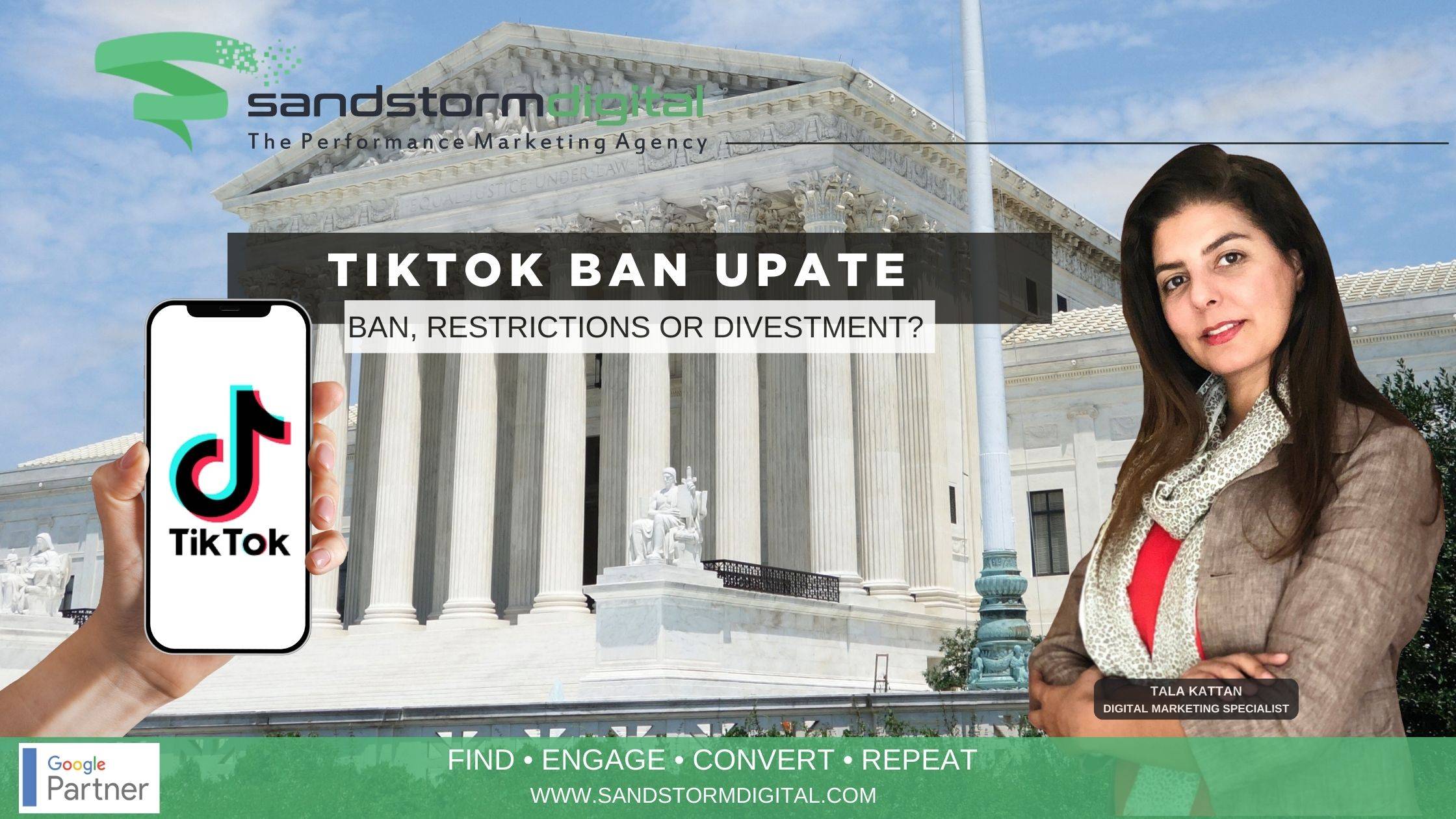The fate of TikTok, one of the world’s most popular social media platforms, hangs in the balance as the U.S. Supreme Court deliberates its future. With 170 million active users in the U.S. alone, TikTok has become a cultural and economic powerhouse for creators, marketers, and businesses. The Court’s decision could reshape the digital landscape and redefine how foreign-owned tech platforms operate in the U.S.
National Security vs. Free Speech: The Core Debate
At the heart of the case is a law passed last year requiring TikTok’s Chinese parent company, ByteDance, to sell the app or face a nationwide ban by January 19. Proponents of the law argue it addresses critical national security concerns, while opponents contend it infringes on free speech rights.
Government Concerns: A Risk to National Security
The U.S. government claims TikTok poses a significant security threat, citing fears that the Chinese government could exploit the app’s vast data repository for espionage, blackmail, or recruitment purposes. Solicitor General Elizabeth Prelogar emphasized the potential dangers of ByteDance’s ownership, stating:
“TikTok’s immense data set would give the PRC a powerful tool for harassment, recruitment, and espionage.”
Justice Brett Kavanaugh echoed these concerns, highlighting the risks of sensitive information falling into the wrong hands. He warned:
“China could use data collected from millions of Americans… including teenagers, people in their 20s… to develop spies, turn people, and blackmail them.”
Chief Justice John Roberts clarified that the law targets ByteDance’s ownership, not the content on TikTok, asserting:
“Congress doesn’t care about what’s on TikTok… They’re saying that the Chinese have to stop controlling TikTok.”
TikTok’s Defense: A Threat to Free Speech
TikTok’s legal team argues that the law infringes on First Amendment rights, likening the platform’s algorithm to protected editorial decision-making. Attorney Noel Francisco contended:
“The government’s real target is the speech itself.”
Francisco proposed less intrusive alternatives, such as banning data sharing with ByteDance or requiring more transparent risk disclosures. He asserted these measures would address security concerns without compromising free speech. Justice Neil Gorsuch questioned the government’s paternalistic stance, asking:“Don’t we normally assume that the best remedy for problematic speech is counter-speech?”
Exploring Alternatives: A Viable Path?
The justices debated whether less drastic measures could mitigate security risks. Justice Sonia Sotomayor suggested Congress could prohibit TikTok from sharing sensitive data with ByteDance instead of enforcing a full ban. However, Prelogar countered that such measures would be ineffective, given ByteDance’s control over TikTok’s core algorithm.
Justice Amy Coney Barrett expressed concerns about the broader implications of separating TikTok from ByteDance, remarking:
“It seems to me like we are saying to ByteDance, ‘We want to shut you up.’”
Implications for Marketers and Businesses
If the law is upheld, TikTok faces a potential U.S. ban, forcing marketers and businesses to pivot strategies. The platform has become a vital channel for influencer marketing, e-commerce, and brand storytelling. A ban could:
Disrupt campaigns reliant on TikTok’s unique algorithm and audience engagement.
Shift ad budgets toward alternative platforms like Instagram Reels and YouTube Shorts.
Create uncertainty for influencers and brands heavily invested in TikTok’s ecosystem.
What’s Next?
The Supreme Court’s ruling, expected before the January 19 deadline, will have far-reaching implications. Whether TikTok is banned, divested, or allowed to operate with new restrictions, the decision will set a precedent for how the U.S. handles foreign-owned tech platforms in the future.
For digital marketers, the uncertainty underscores the importance of diversification. While TikTok remains a key player, building a multi-platform strategy is essential to mitigate risks and maintain reach in an ever-evolving digital landscape.











